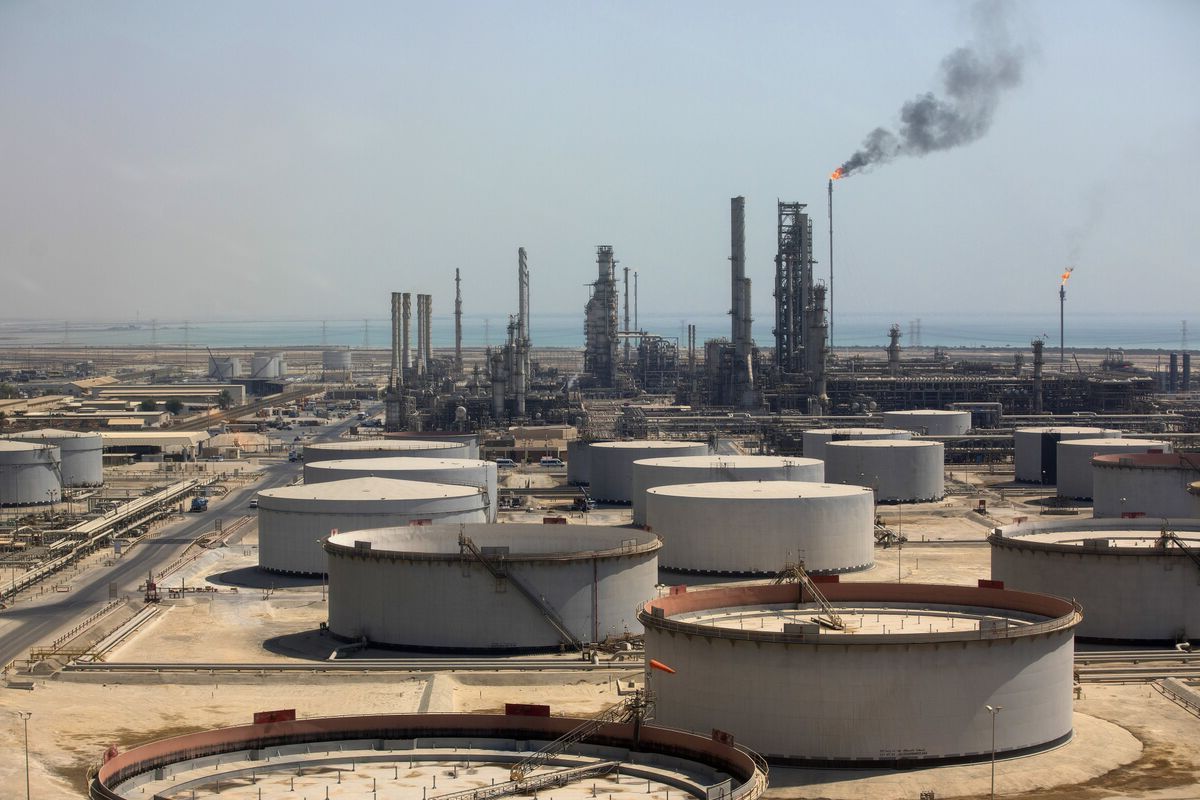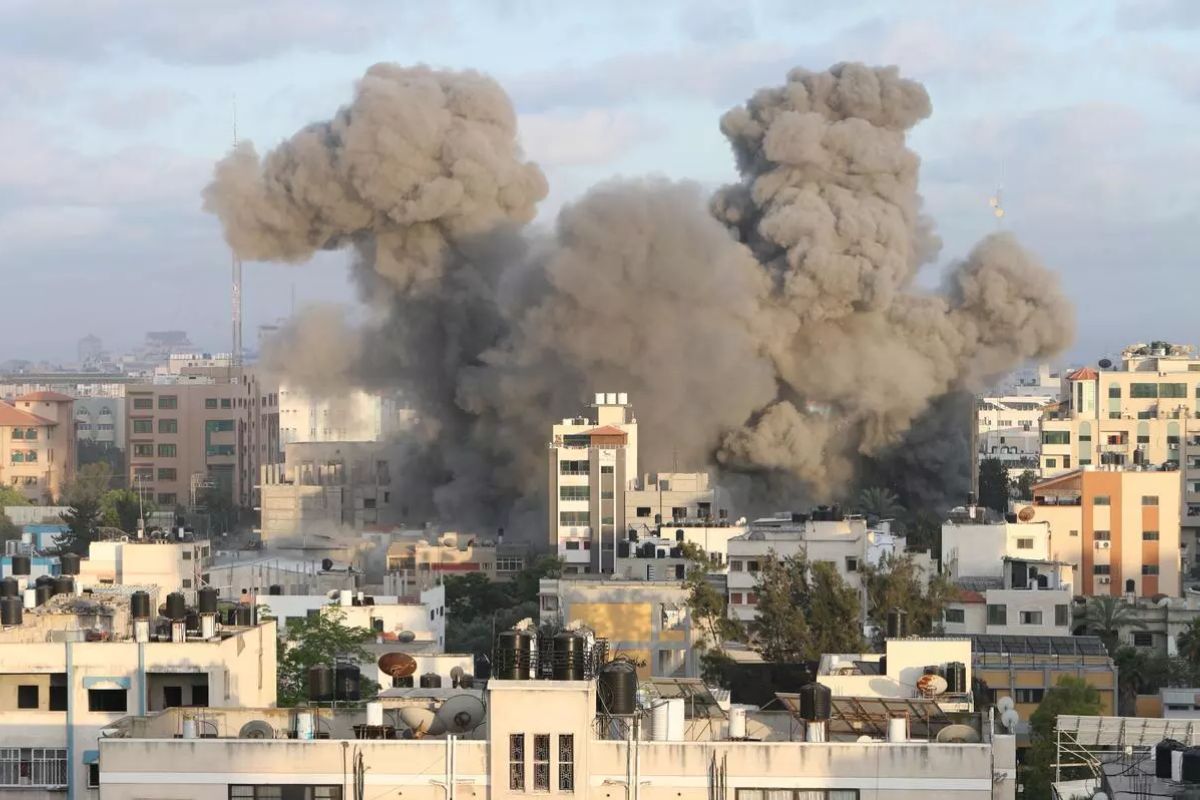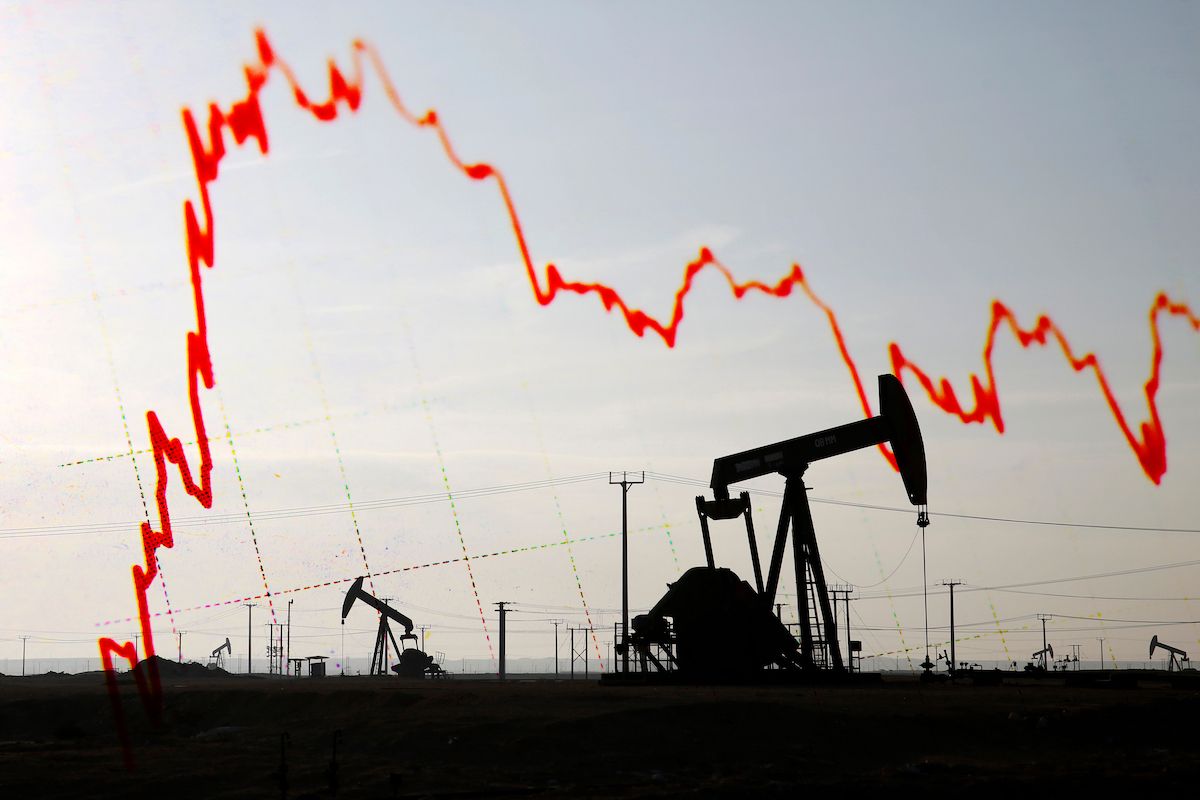Drone Strikes and Oil Spikes: In a world on the edge, recent drone strikes in the Middle East have ignited a powder keg of tension, sending shockwaves through global markets and pushing oil prices to dizzying heights.
As the conflict escalates, experts are grappling with the potential consequences for an already fragile global economy. The Middle East, long known as the epicenter of oil production, finds itself at the center of attention once again, with geopolitical uncertainties and supply disruptions casting a dark shadow over the future of oil prices.
In this article, we will explore the various perspectives from analysts, delve into the impact on the oil market, and examine the potential ramifications for consumers and economies worldwide.
Brace yourselves, for the stakes have never been higher.
Key Takeaways
- Recent drone attacks on U.S. forces in Jordan have raised concerns about potential disruptions in Middle East oil supplies.
- The targeting of Red Sea vessels, including a strike on a Trafigura-operated fuel tanker, has exacerbated the situation.
- Brent crude futures and U.S. West Texas Intermediate crude have experienced consecutive weekly rises, reflecting the market’s reassessment of the risk of disruptions and volatility caused by increased tensions in the Middle East.
- Ongoing conflict in the Middle East adds uncertainty to the oil market, and understanding anticipated support levels and conducting thorough market analysis is crucial for investors and traders.
Drone Attack in Jordan and Middle East Oil Concerns
The recent drone attack on U.S. forces in Jordan has sparked global concerns over potential disruptions in Middle East oil supplies, leading to a surge in prices. This attack, carried out by Houthi rebels, has raised alarm bells about the stability of the region and the impact it could have on global oil markets.
Also Read: Shell Announces Closure of Oil Refinery in Germany as Part of Environmental Strategy
The targeting of Red Sea vessels, including a strike on a Trafigura-operated fuel tanker, has further exacerbated the situation. As a result, Brent crude futures rose by 0.4% to $83.84 a barrel, while U.S. West Texas Intermediate crude increased by 0.4% to $78.35 a barrel. These price hikes reflect the market’s unease and the uncertainty surrounding the Middle East conflict.
With tensions escalating, it is imperative for the international community to closely monitor the situation and take necessary measures to ensure the uninterrupted flow of oil.
Analysts’ Perspectives on the Middle East Conflict
What are analysts saying about the Middle East conflict and its potential impact on global energy supplies? Here are their perspectives:
- Heightened regional energy supply disruptions:
Analysts are concerned that the recent drone attack in Jordan could lead to increased disruptions in the Middle East’s energy supplies. With tensions escalating between the United States and Iran, there is a real possibility of a more direct confrontation that could further disrupt oil production and transportation in the region.
- Increased U.S. involvement:
The drone attack has brought the United States closer to direct involvement in the Middle East conflict. Analysts believe that this increased involvement could have significant implications for global energy supplies, especially if it leads to a wider conflict that disrupts major oil-producing countries in the region.
- Security risks in the Red Sea:
The recent Houthi attacks in the Red Sea have raised concerns among commodities traders, such as Trafigura. These traders are evaluating the security risks in the region and assessing the potential impact on energy supplies.
- Pivotal moment in the Middle East conflict:
Analysts, such as Helima Croft from RBC Capital, see the drone attack as a pivotal moment in the ongoing Middle East conflict. It has heightened tensions and increased the risk of further disruptions to global energy supplies.
Impact on Oil Market and Supply Disruption Shift
Given the recent attack on Trafigura’s oil tanker, the perception of potential supply disruptions in the oil market has undergone a significant shift. The attack on the tanker, along with threats to other oil tankers linked to the U.S. and the UK, has shaken the market and raised concerns about the stability of oil supply.
As a result, both Brent and WTI crude contracts have experienced a second consecutive weekly rise, settling at their highest levels in almost two months. This surge in prices reflects the market’s reassessment of the risk of disruptions and the volatility caused by increased tensions in the Middle East, concerns about Russian supply, and positive economic indicators.
The oil market is now on high alert, anticipating further shifts in supply and prices.
Market Analysis and Anticipated Support Levels
Amidst the increased volatility in the oil market, analysts are closely monitoring anticipated support levels and market analysis. The recent surge in global oil prices, driven by the Middle East conflict, has created an atmosphere of uncertainty and speculation. To help navigate this turbulent market, here are four important support levels that analysts are keeping a close eye on:
- Dips in WTI: Analysts, like Tony Sycamore, believe that dips in West Texas Intermediate (WTI) crude oil prices are likely to attract buyers. This suggests that there may be support at lower price levels.
- 200-day moving average: The 200-day moving average is a widely watched technical indicator that provides an indication of the long-term trend. Analysts expect this level to act as a support level during market downturns.
- $75.00 mark: There is a stronger layer of support around the $75.00 price level. This is a key psychological level that could attract buyers and provide a floor for oil prices.
- Geopolitical tensions: The ongoing conflict in the Middle East adds another layer of uncertainty to the market. As tensions rise, market participants will closely monitor developments and adjust their strategies accordingly.
In this volatile market, understanding these anticipated support levels and conducting thorough market analysis is crucial for investors and traders seeking to navigate the oil market.
Russia’s Naphtha Export Reduction and OPEC+ Meeting Outlook
Russia’s naphtha export reduction and the upcoming OPEC+ meeting are causing ripples of speculation in the oil market.
With fires disrupting operations at refineries on the Baltic and Black Seas, Russia is expected to cut naphtha exports by around a third, potentially reducing shipments by 127,500 – 136,000 barrels per day. This reduction in supply adds another layer of uncertainty to an already volatile market.
Meanwhile, OPEC+ ministers are set to gather online on Feb. 1 to discuss oil production levels for April and beyond. However, decisions on further output policy may be made in the coming weeks, given the fluid situation and the potential impact of Middle East developments on global oil markets.
As traders and investors eagerly await these crucial meetings, the market remains on tenterhooks, bracing for potential shifts in supply dynamics and the subsequent impact on prices.
Conclusion Of Drone Strikes and Oil Spikes
The surge in global oil prices caused by drone strikes and Middle East conflict has raised concerns about supply disruption. Analysts have provided various perspectives on the situation, highlighting the potential impact on the oil market.
Market analysis suggests anticipated support levels, while Russia’s reduction in naphtha exports and the upcoming OPEC+ meeting add further anticipation to the outlook.
This intensifying conflict and its implications on oil prices have sparked worldwide attention and are poised to shape the future of the energy market.
Our Reader’s Queries
Q1 How does the Middle East war affect oil prices?
A The oil market has largely disregarded the conflict in the Middle East, which poses a threat to some of the world’s most crucial areas of oil production and transportation. Brent crude futures have experienced a decrease of approximately 7%, reaching $79 per barrel since the attack by Hamas on Israel in October.
Q2 How does oil impact the Middle East?
A Oil sales have generated significant wealth and contributed to economic growth in countries like Saudi Arabia, Iran, Iraq, and Kuwait. Millions of residents in these and other Middle Eastern regions have secured homes, employment, and education directly attributable to the proceeds from oil.
Q3 Who is in control of the oil in the Middle East?
A Several major oil-producing nations are situated in the Middle East, including Saudi Arabia, the UAE, and Iraq. Saudi Arabia, as the largest oil producer globally, contributes approximately 15% to the total global oil output.




